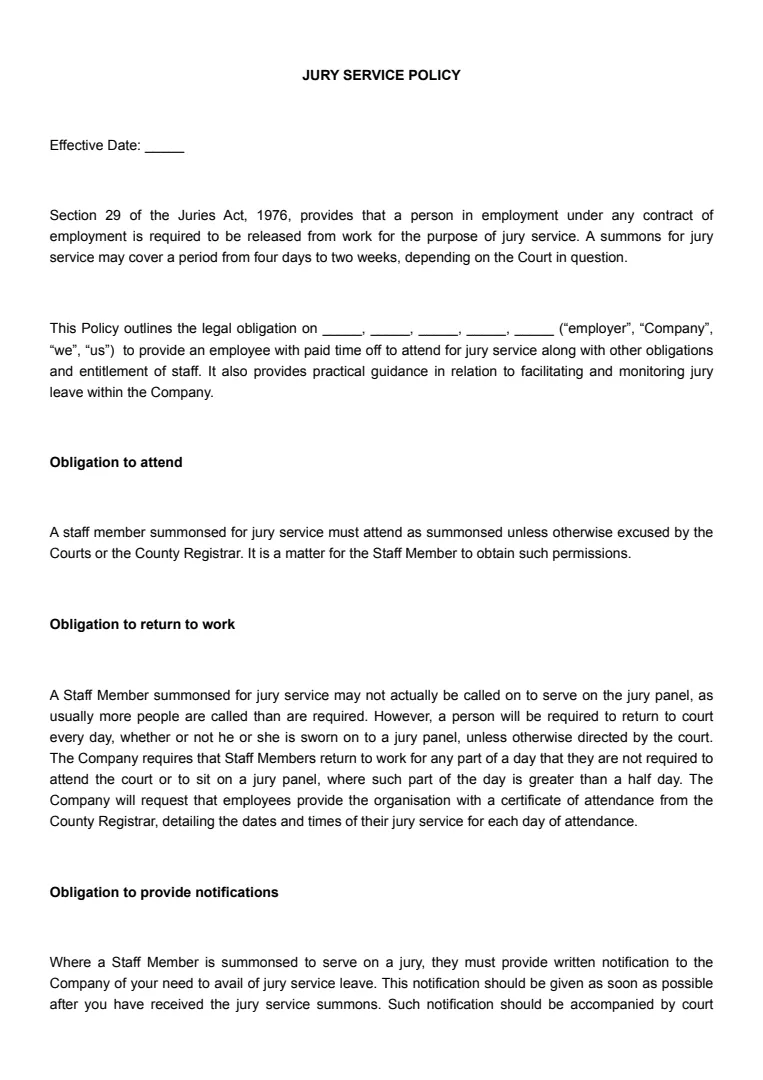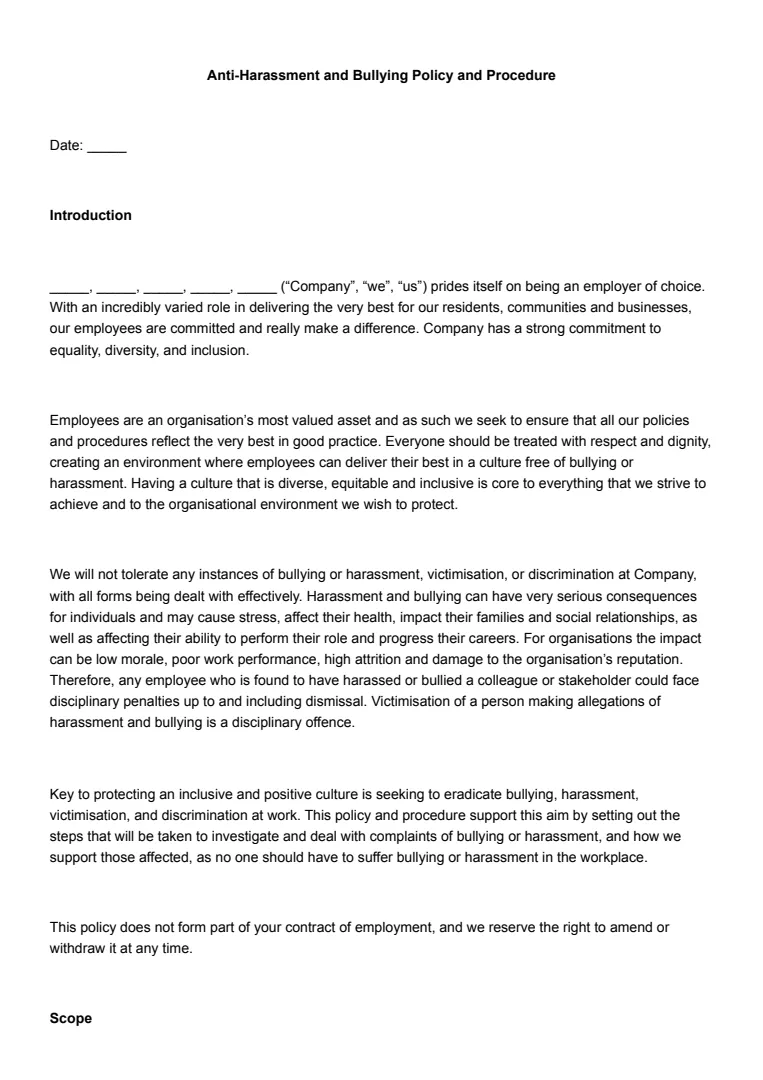What Is a Data Retention Policy?
A data retention policy is like having a set of rules defining how long you should hang on to different kinds of data. Think of it as an organisational roadmap that helps ensure you store data correctly and legally.
You'll find that these policies are critical for maintaining compliance with various laws and regulations. For instance, the UK GDPR requires companies to hold onto personal data only as long as necessary.
Having such a policy can save you a lot of trouble. Without clear guidelines, your data can pile up quickly, leading to higher storage costs and potential security risks. A well-structured policy helps avoid such pitfalls.
So, what’s typically included in a data retention policy? You might have sections covering how long you can keep different types of data and when they need to be thrown out. This could range from financial records to customer information.
Here’s where things get interesting: regularly updating your policy is a must. Industry standards and legal requirements can shift, and it's crucial that your data retention practices stay up-to-date to avoid non-compliance.
When Is a Data Retention Policy Needed?
A data retention policy is crucial in various scenarios to guide the handling and storage of information. One of the primary reasons you might need such a policy is to comply with legal and regulatory requirements. Different industries have specific laws dictating how long you must keep records, like tax or healthcare data.
Another instance when you need a data retention policy is to maintain contractual obligations. Contracts with partners or clients may stipulate periods for which you'll retain particular data. This ensures you meet agreed-upon standards and avoid potential disputes.
Implementing a data retention policy is essential for security purposes. Unnecessarily retaining data can increase the risk of breaches. Only keeping necessary information helps reduce this risk, ensuring you're not exposed to potential vulnerabilities.
Operational efficiency is also a key reason. Over time, data can bloat storage systems, leading to higher costs and inefficiency. With a data retention policy, you can streamline data management by disposing of unneeded information promptly.
Policies are also valuable during audits. When auditors come knocking, having a clear data retention policy can simplify the process, ensuring you have the right data available when needed. Additionally, it assists in confirming that your practices align with all required standards.
How to Write a Data Retention Policy
By following these steps, you can create a clear and comprehensive data policy.
Step 1: Identify Key Stakeholders
Start by identifying key stakeholders. Understanding who holds responsibility for various data types is crucial.
Assign roles such as Information Asset Owner and specify their duties within data governance and management.
Step 2: Draft a Clear Retention Schedule
Define how long different types of data should be retained. This schedule needs to comply with regulatory and legal requirements, ensuring that data is kept securely only as long as necessary.
Adjustments may be needed based on the sensitivity and value of the information.
Step 3: Establish Procedures for Managing Records
Establish clear procedures for managing records and ensure everyone involved is informed. This encompasses how data is archived, accessed, and deleted.
Proper documentation is essential for maintaining streamlined processes. Describe every step clearly to enhance compliance and trustworthiness.
Step 4: Focus on Data Lifecycle Management
Determine how data flows from creation to destruction. This involves defining protocols for archiving and safely deleting data, reducing unnecessary storage and exposure to breaches.
Recognising the data lifecycle helps align with business objectives and compliance requirements.
Step 5: Involve Your Team
Involve your team in the creation and implementation of the policy. Providing training ensures adherence to the policy.
Educate staff members about their roles and responsibilities to foster accountability at every level of the organisation.
Step 6: Conduct Regular Reviews and Updates
Conduct regular reviews and updates of your data retention policy. Periodically revisiting the policy ensures it remains relevant and aligned with technological and regulatory changes.
Engaging key stakeholders during updates helps maintain transparency and efficiency.













